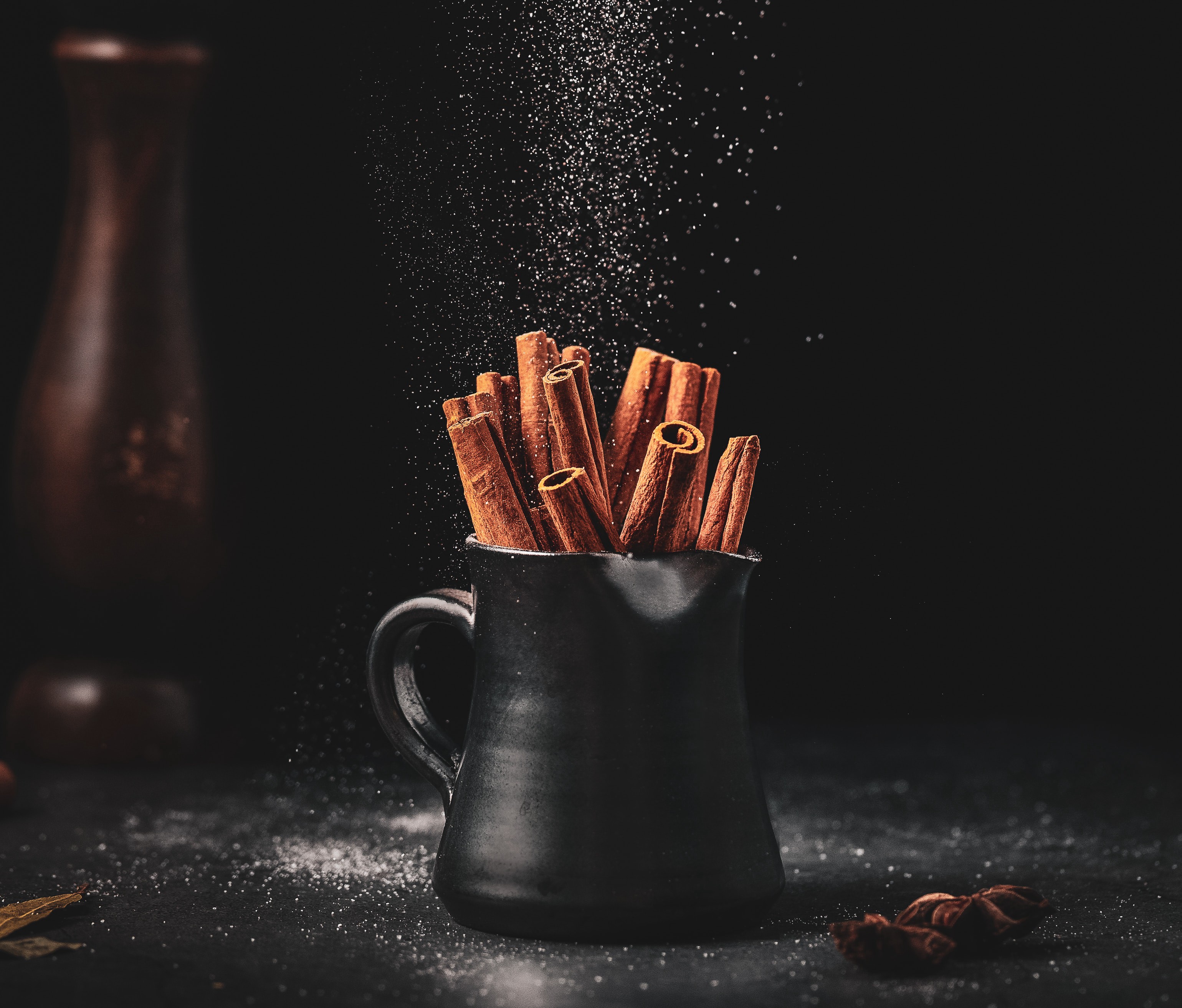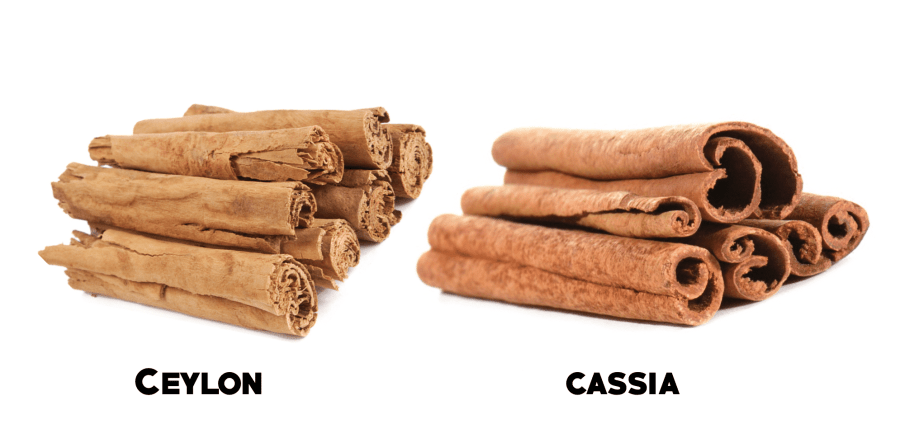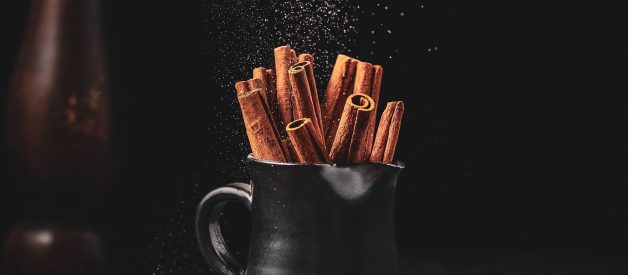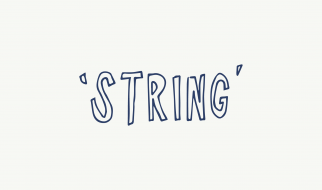And the potentially devastating effects it has on your body
 Photo by Mae Mu
Photo by Mae Mu
My daily breakfast looks a little like this: warm oatmeal, dash of cinnamon, splash of milk, chopped bananas, and a generous drizzle of honey. Sound delicious? I know. I?m a bit of a robot when it comes to breakfasts, I eat this exact same thing everyday. Naturally, that dash of cinnamon has been a part of my morning routine since my high school years.
Cinnamon. They?re cheap, smell amazing, taste wonderful, and pack a healthful punch. They?re loaded with cancer-preventing antioxidants, improves glucose metabolism, possesses anti-inflammatory properties ? which helps your body fight off infections and repair cellular damage ? and has been shown to reduce cholesterol levels, which in turn reduces the risk of acquiring heart diseases.
I?m guessing you?ve probably heard about the health benefits of cinnamon somewhere, and it?s quite likely that you incorporate some form of cinnamon in your diet. And yet we?re never really mindful about the kind of cinnamon we consume ? we blindly choose our cinnamon from the supermarket shelves. They?re all just cinnamon, right? Well then I?m getting the cheapest one. Big mistake.
What is cinnamon?
Cinnamon is a spice that?s harvested from the inner bark of several tree species from the genus Cinnamomum. After the bark is extracted, the woody parts are removed, and then left to dry under the sun. This process removes excess moisture, which causes them to curl and form rolls. These are called cinnamon sticks, and they can subsequently be ground to produce ground cinnamon.
Indonesia and China produces 75% of the world?s supply of cinnamon, but they are widely available throughout the globe due to their relative hardiness in terms of shipping and storing. The distinct smell and flavour of cinnamon are due to the oily part, which is abundant in the compound cinnamaldehyde, making them widely used as an aromatic condiment and flavouring additive in a wide variety of cuisines. Whether you realise it or not, cinnamon is likely to play an appreciable role in your country?s culture ? from things like America?s crowd-favourite pancakes and France?s delectable French toast to Italy?s famous Bolognese sauce and India?s prized Tikka Masala.
Only a few Cinnamomum species are grown commercially for spice. Cinnamomum verum is sometimes considered to be ?true cinnamon? ? more commonly known in the market as Ceylon ? but most cinnamon in international commerce is derived from the related species Cinnamomum cassia, also referred to as Cassia. These are two of the most common cinnamon subtypes available in our supermarkets.
The differences between Ceylon and Cassia ? they?re quite stark. Cassia accounts for the majority of cinnamon that?s displayed on our supermarket shelves. They?re cheaper to cultivate, and therefore are available for much less than their less popular counterpart. Ceylon is a bit more elusive. Because they contain much less cinnamaldehyde, they have a lighter and sweeter taste when compared to their cousin. To find one of these in the supermarket, you probably need to be a bit more vigilant with labels and price tags.
Why is Cassia dangerous?
Cassia cinnamon has a much higher composition of cinnamaldehyde, which as stated previously is responsible for the distinct aroma and flavour of cinnamon. Although cinnamaldehyde is also partly responsible for the powerful health effects of cinnamon, excessive consumption of cinnamaldehyde can be toxic to the liver and kidneys, and this is much more easily achieved when consuming Cassia.
The differences however, does not stop there. Cassia contains another substance called coumarin, and they have loads of them. The coumarin content of ground Cassia cinnamon may range from 7 to 18 milligrams per teaspoon (2.6 grams), while Ceylon cinnamon only contains trace amounts of coumarin. For the average person, one teaspoon of Cassia could put them over the daily recommended limit.
Coumarin is like that one toxic coworker that?s dragging the performance and morale of the entire team down ? it?s what makes Cassia literally very toxic. Although coumarin is a naturally occurring substance, it has been shown to cause liver damage and eventually even liver failure, especially to those who consume them daily, or in large doses. In addition to liver toxicity, animal studies have demonstrated that coumarin increases the risk of acquiring cancers elsewhere, such as in the lungs and kidneys. Because coumarin is a blood thinner, consumption in large doses also poses an elevated bleeding risk, especially in people who are already medicated on some kind of blood thinning agent. Some countries in Europe have even banned the Cassia variety from circulation.
Because coumarin is only found in minuscule amounts in Ceylon, consumption does not pose damaging risk to the body. In fact, some studies have even suggested that coumarin-free Ceylon can actually be beneficial for the liver. In addition to that, Ceylon cinnamon are also rich in proanthocyanadins, which act as protective antioxidants.
As a person who consumes cinnamon on a daily basis, I was rather staggered by my ignorance. Perhaps I may have heard once or twice about the doubtful effects of a certain subtype of cinnamon, but I quickly brushed it off as something insignificant. It was only after my mother gifted me with a jar of ground Ceylon (which she boasted was rather pricey) that I did some digging up. After all, price does reflect quality on most occasions.
These findings gave me a sense of moral duty to spread the word about cinnamon. Consistent consumption, in contrast to the way the public perceives cinnamon, may actually provide more harm than good. Articles have for the most part enhanced the healthful effects of cinnamon ? which is obviously true ? but in the process have concealed its rather devastating side effect.
Choosing the right kind of cinnamon
The easiest way is to be more vigilant towards labels. Ceylon cinnamon will always mention they are Ceylon. Like a military general, they wear their badge with pride. If you encounter unlabelled whole cinnamon sticks, the rolled bark of Ceylon cinnamon will generally be thinner and multilayered compared to the thicker bark of its Cassia sibling.
 Image from: Paleo Foundation
Image from: Paleo Foundation
Another aspect to pay attention to is their price tag. Ceylon is usually on the market for a higher price, but worry not ? their market prices are generally still quite affordable. Plus you?re not consuming them like Oreos, so a $4, 2-ounce bottle will last you a good time. When Ceylon boasts a price tag that?s way too low, that?s a signal for when you must start raising eyebrows.
Also, you want to make sure your cinnamon has some kind of certification or board approval to ensure they?re not fraudulently stamping labels on things that aren?t. It?s also generally good practice to pay attention to the nutrition labels to make sure they don?t contain more than 8mg of coumarin per teaspoon ? that?s the daily recommended limit of coumarin, which is normally found in much higher doses in Cassia. Ceylon?s coumarin content shouldn?t even be in the same ballpark.
I only just started switching my cinnamon subtypes this month. I don?t know whether 4 years of daily cinnamon intake ? which was probably on the cheaper Cassia variant ? has done any lasting damage on my liver, but I sure do hope it?s reversible, if not negligible. One thing I do know is that I?m not the only one. There are still many people out there consuming Cassia without knowledge of its potentially devastating effects.
This little article is a wake-up call for everybody. The mental framework that I have presented in dealing with cinnamon can and should be adapted for other things in life that we often take for granted ? like salt, organics, and maple syrups (I used to buy maple-flavoured syrup thinking they were the same thing). I thought it was only right that I shared this discovery with the online community and simply hope I drove home a revelation that could alter the course of someone?s life ? one small change that could reap benefits in leaps and bounds.


